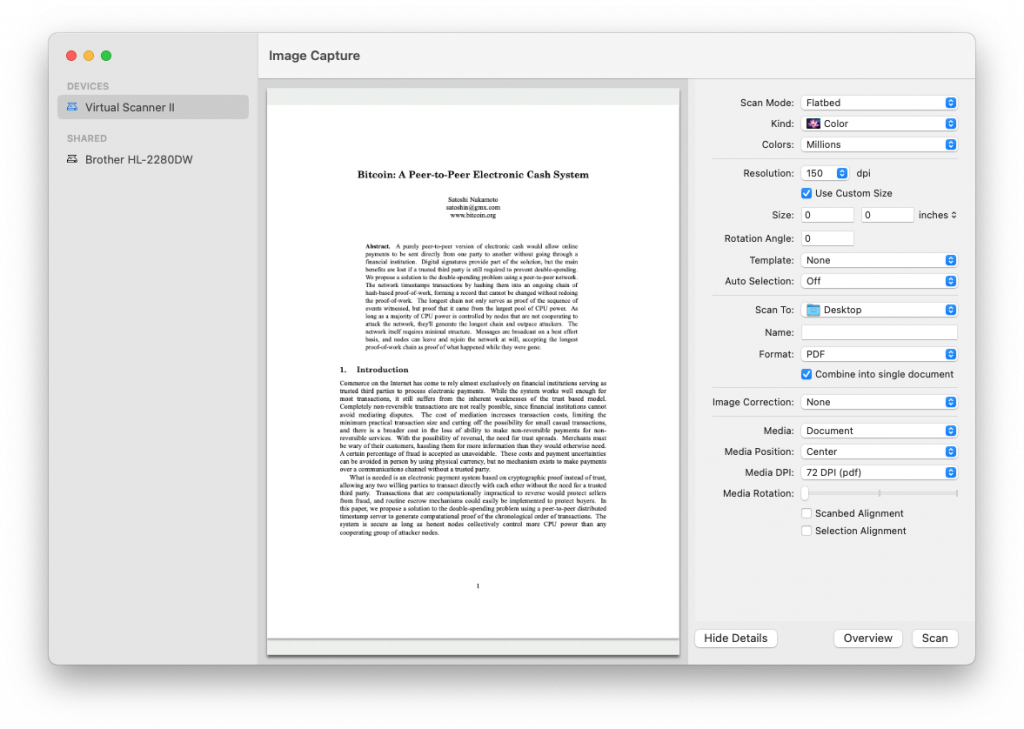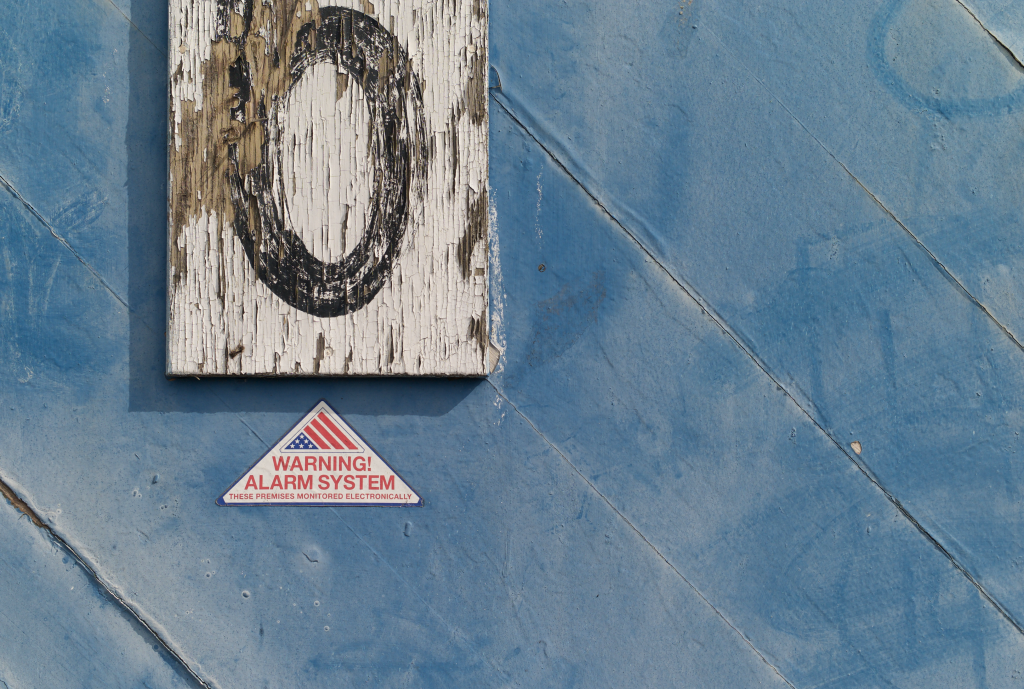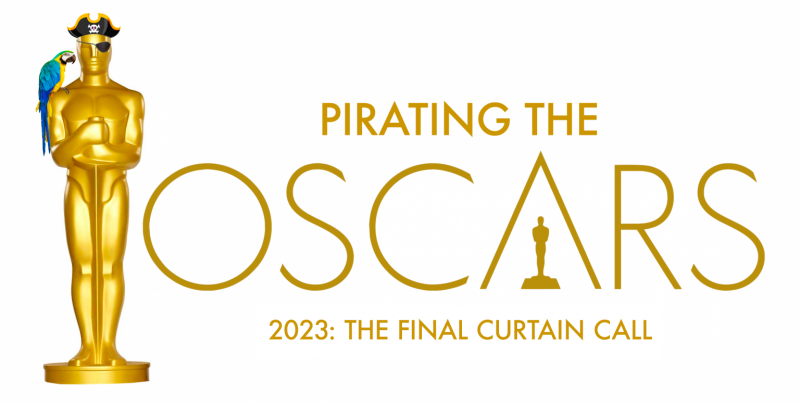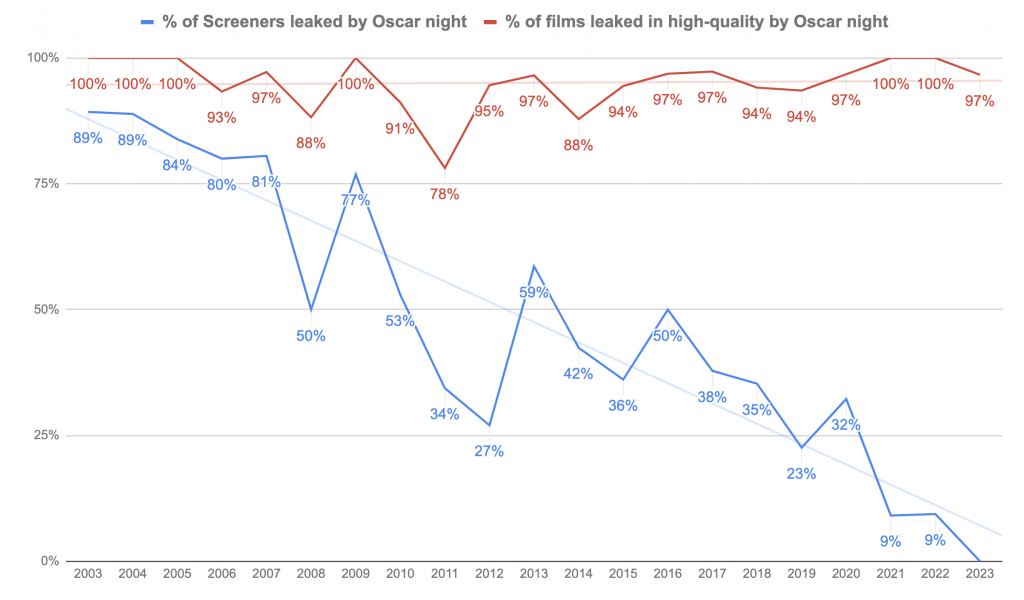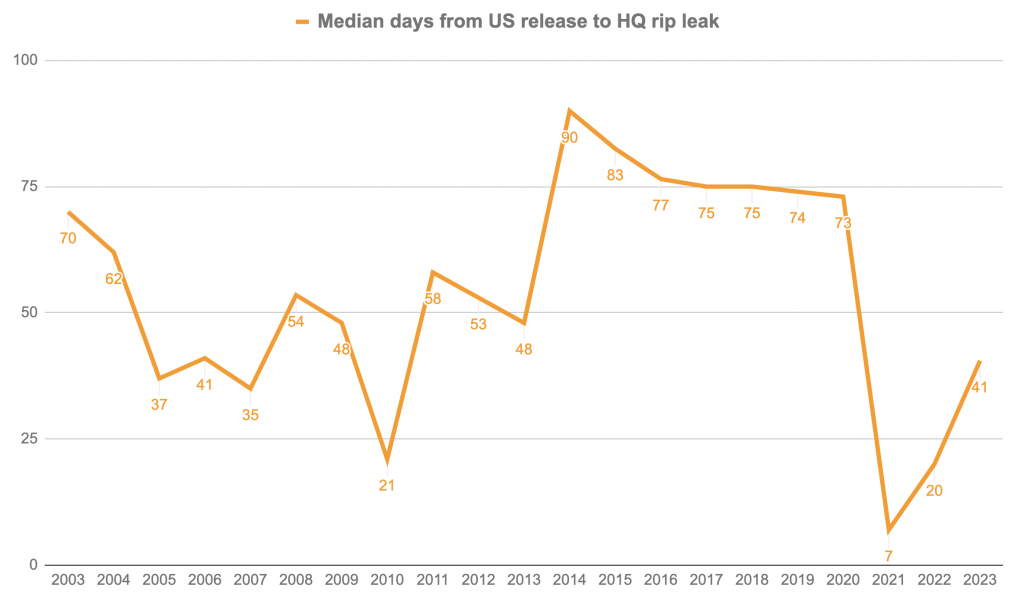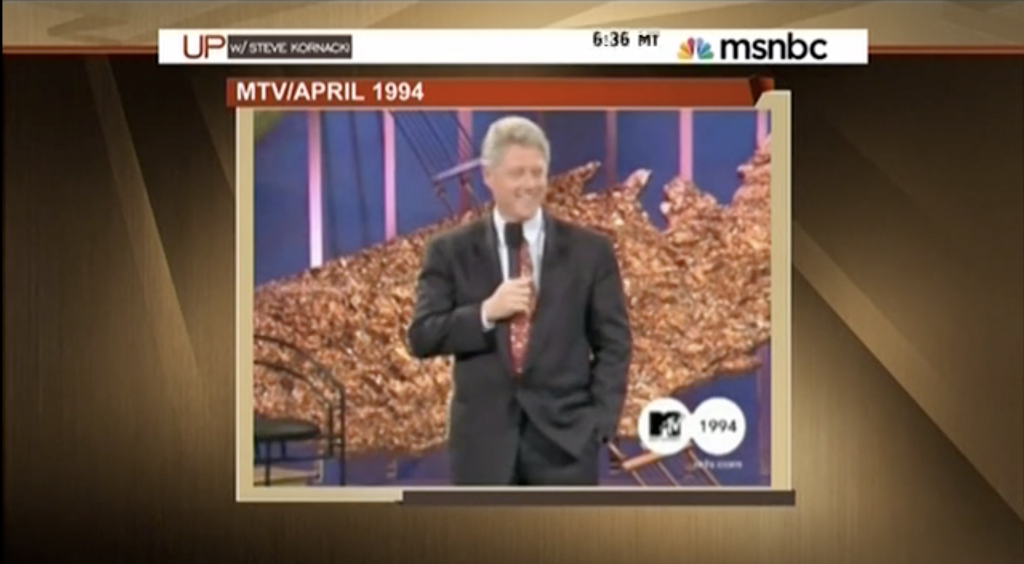This morning, I was shaken to learn Heather B. Hamilton (formerly Heather Armstrong) aka Dooce is no longer with us. I learned the news from a post to her Instagram, confirmed by several friends after and then the Associated Press, announcing the tragic news that she died yesterday at the age of 47.
I’m shaken and sad, and my heart goes out to all her family and friends feeling her loss right now, but especially her two children.
We weren’t close friends, but as part of the same old-school blogging cohort, we hung out over the years at conferences and meetups, getting together whenever she was in town.
Heather was the consummate poster, sharp and hilarious, famously sharing her personal life on her blog, finding early fame getting fired (“dooced”) for writing about her coworkers, and later writing extensively about motherhood while raising her two children. She was a well-documented pioneer in how to make a living writing independently online.
Her writing brought her an enormous audience of fans who loved her and her writing, which eventually expanded into three memoirs and mainstream attention. Along the way, her success also attracted a small army of haters who criticized her every move in dedicated forums and blogs. The pressures of living online took a toll on her emotional well-being, and she quit writing several times.
But the last few years were clearly much harder on her. She’d publicly struggled with alcohol addiction and depression for years, eventually leading to an experimental, risky treatment for chronic depression, a series of chemically-induced comas to repeatedly approximate brain death, which she wrote about in her last book.
I last saw Heather on that book tour in May 2019. We talked a bit after the event, and I left feeling unsettled. She kept talking about how much better she felt, but she didn’t seem well.
Then, last August, she posted a bizarre rambling screed that talked about her addiction and a suicide attempt, ending in an upsetting transphobic rant, seemingly in response to her child coming out as non-binary to her. It was pretty awful, alienating many of her friends and fans, myself included. She eventually deleted it all.
I don’t know if she changed her mind about any of it before she died. I hope she did, because that rant seemed out of character from the person I thought I knew. I was hoping to someday read about her successful recovery, a change of heart, an evolution of thinking, a thoughtful apology. Maybe a new book, or maybe just another beautifully-written blog post, one of so many she penned over her 22 years on the web.
Maybe it’s appropriate that she leaves a complicated legacy. Life is hard and messy, sad and angry, dark and beautiful, miserable and hopeful, all at once.
I’ll remember her as the person we invited to open up XOXO 2015. Big-hearted, funny, thoughtful, provocative. She gave me a minor panic attack when she showed me her opening slide, and then I laughed and cried, along with everyone else in Revolution Hall. I’m going to miss her.


